Vintage Sewing Machine Storage: Expert Guide to Protecting Antique Craft Equipment
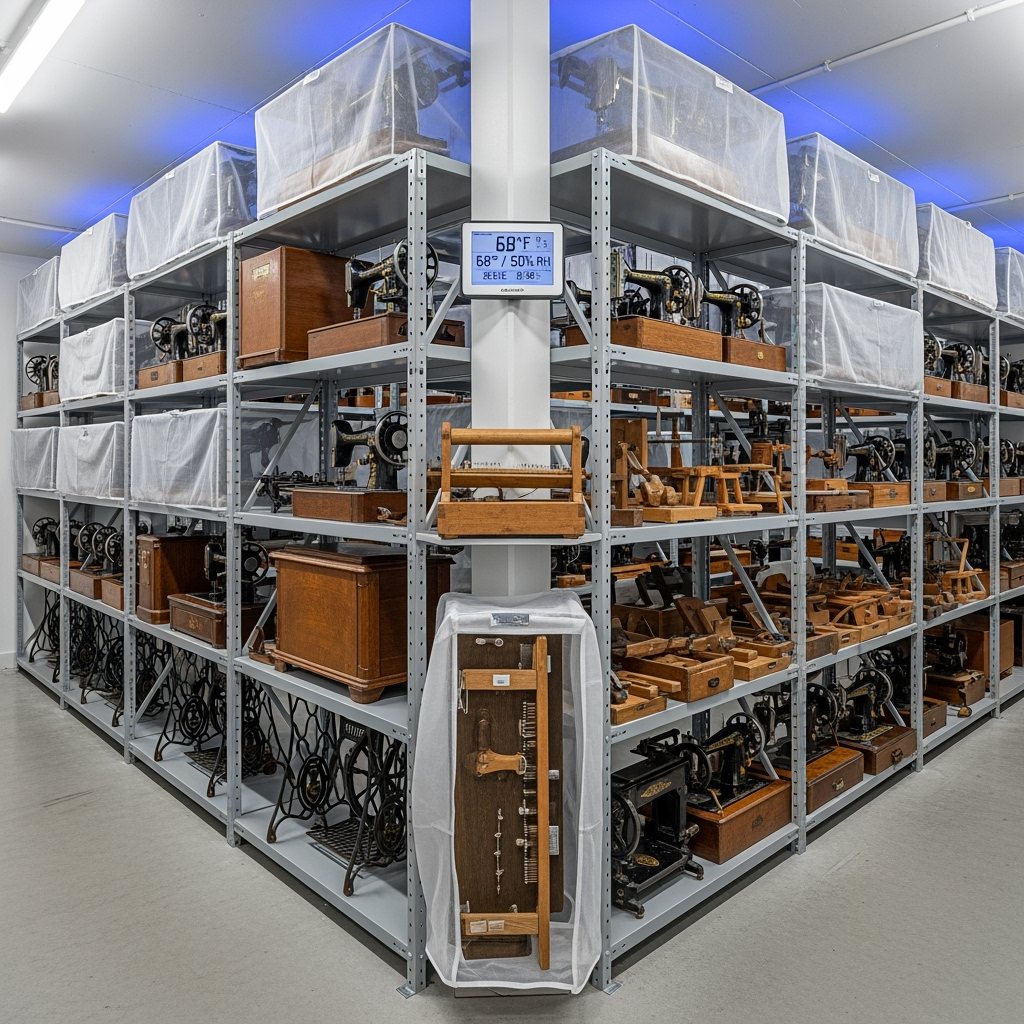
For collectors and crafting enthusiasts, vintage sewing machines and antique craft equipment represent both significant investments and irreplaceable pieces of history. When home renovations or space constraints necessitate storage, protecting these delicate items becomes crucial. This comprehensive guide will help you safeguard your valuable vintage equipment using climate-controlled storage solutions.
Understanding the Unique Needs of Vintage Sewing Machines
Vintage sewing machines require special care due to their:
- Delicate mechanical components
- Susceptibility to rust and corrosion
- Original wooden cabinets and finishes
- Antique metal parts and decorative elements
Climate Control: The Key to Preservation
Proper temperature and humidity control are essential for preventing damage to vintage equipment. The ideal storage environment should maintain:
- Temperature: 65-75°F (18-24°C)
- Relative humidity: 45-55%
- Consistent climate conditions
- Protection from extreme temperature fluctuations
Preparation Steps for Storage
Before placing your vintage equipment in storage:
- Clean thoroughly and remove all dust
- Oil moving parts with appropriate lubricants
- Remove belts and loose components
- Document all parts and take photos
- Cover with breathable, acid-free materials
Proper Packing Techniques
Use these methods to ensure maximum protection:
- Custom-fitted covers for each machine
- Acid-free padding materials
- Moisture-absorbing silica gel packets
- Sturdy boxes or crates for smaller items
- Proper labeling and inventory systems
Storage Unit Organization
Maximize protection with smart organization:
- Elevate items off the floor
- Create clear aisles for access
- Use sturdy shelving systems
- Maintain air circulation space
- Keep detailed location records
Regular Maintenance Checks
Establish a routine maintenance schedule:
- Monthly visual inspections
- Quarterly condition assessments
- Seasonal climate adjustments
- Documentation of any changes
Special Considerations for Different Materials
Address specific needs for various materials:
- Metal components: Rust prevention
- Wooden parts: Moisture control
- Leather belts: Proper conditioning
- Decorative elements: Protection from tarnishing
Emergency Preparedness
Develop a plan for potential issues:
- Water damage prevention
- Temperature fluctuation alerts
- Emergency contact information
- Quick-response procedures
Insurance and Documentation
Protect your investment with proper documentation:
- Detailed inventory lists
- Photographs of each item
- Serial numbers and model information
- Insurance coverage verification
Professional Support
Know when to seek expert help:
- Storage facility specialists
- Antique equipment restorers
- Climate control experts
- Insurance professionals
Conclusion
Proper storage of vintage sewing machines and craft equipment requires careful attention to detail and the right climate-controlled environment. By following these guidelines, you can ensure your valuable pieces remain in excellent condition for years to come. Remember that the initial investment in proper storage solutions is minimal compared to the value of preserving these irreplaceable items.





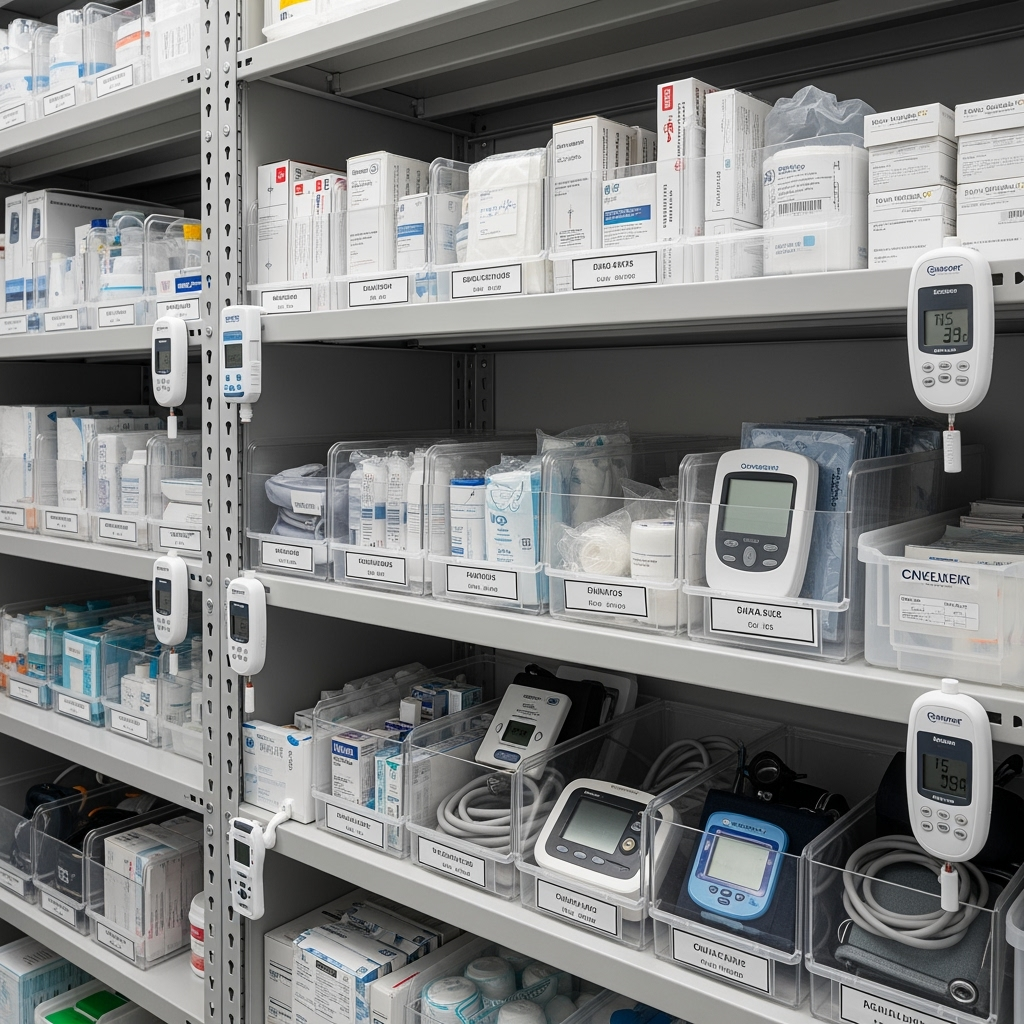
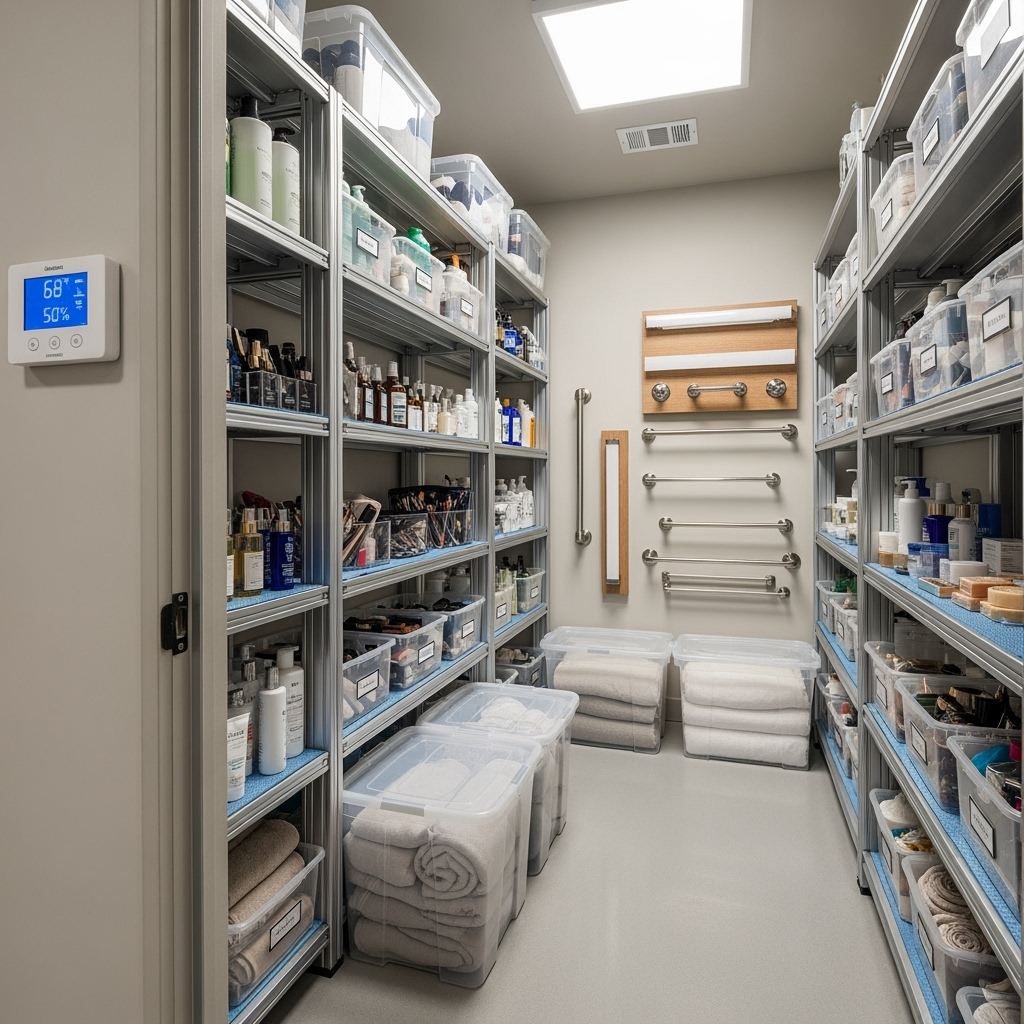
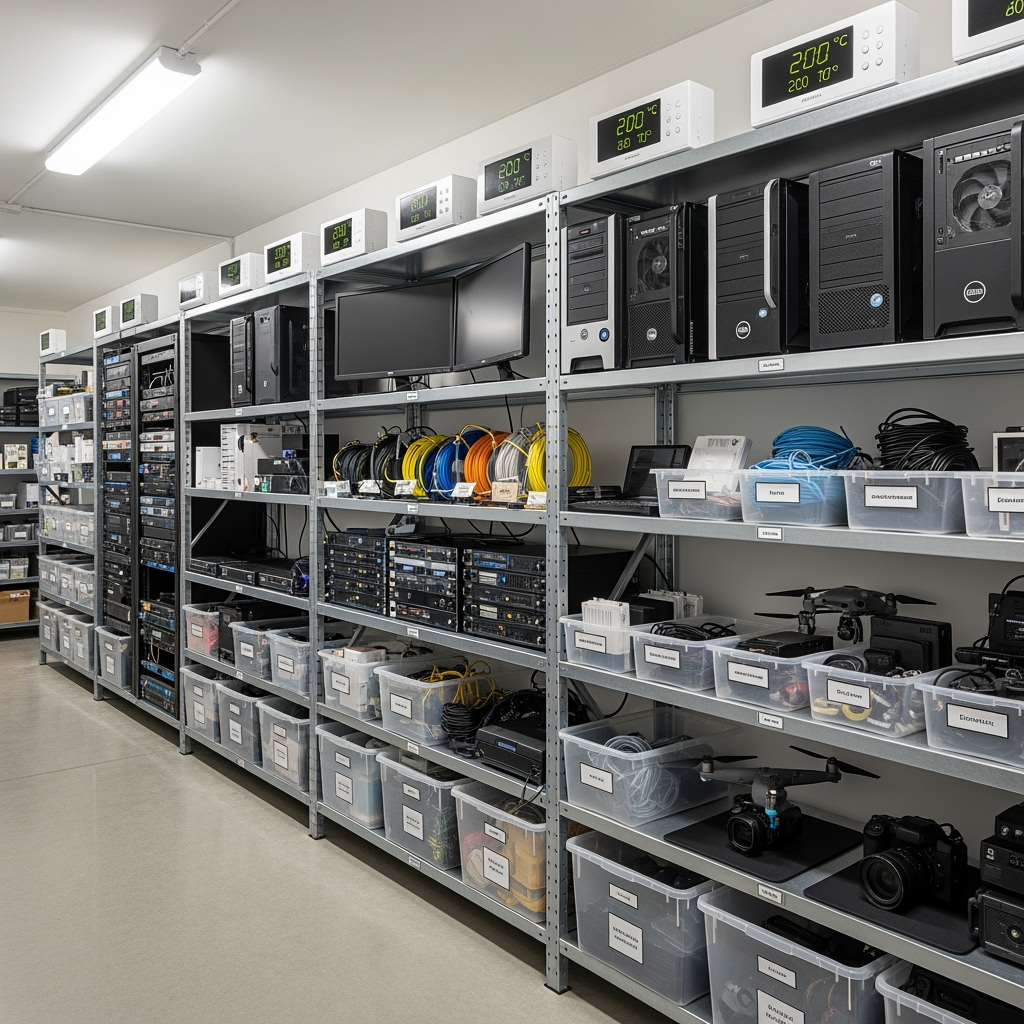
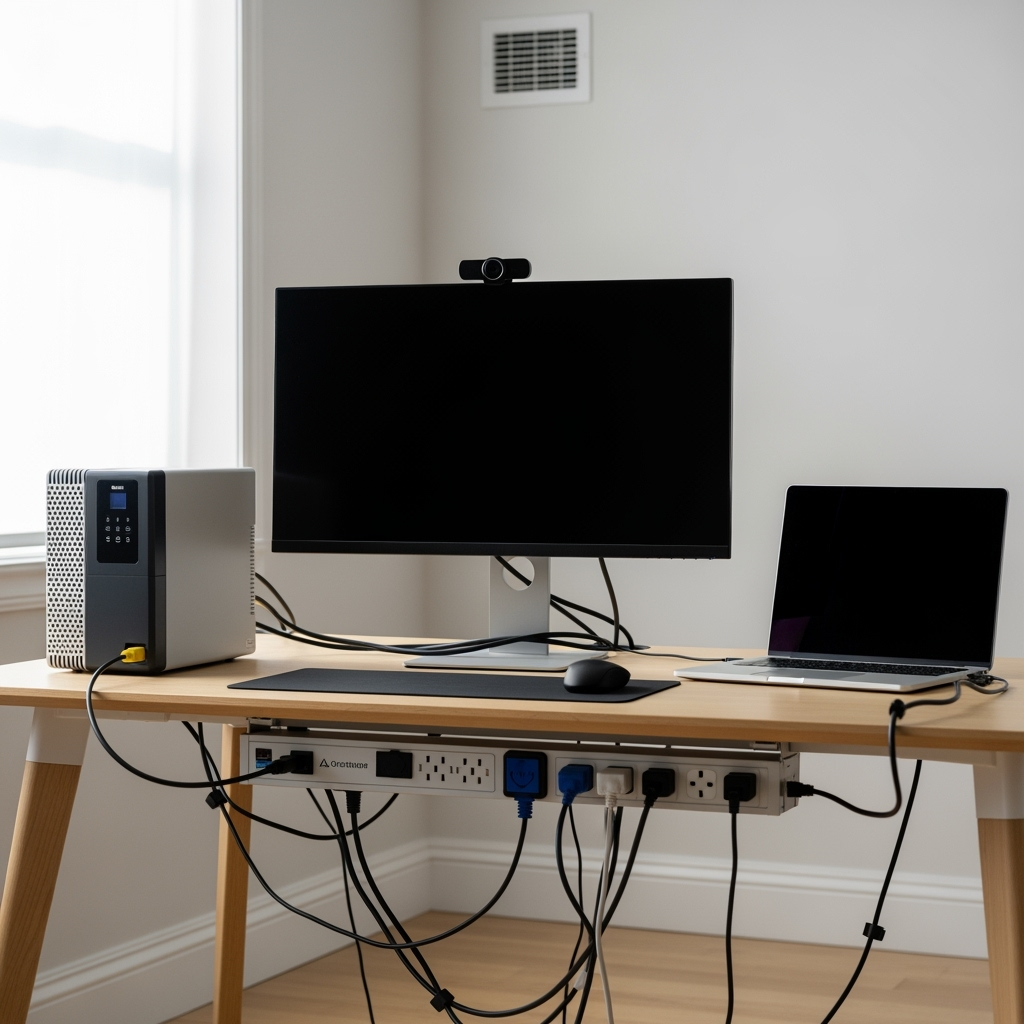
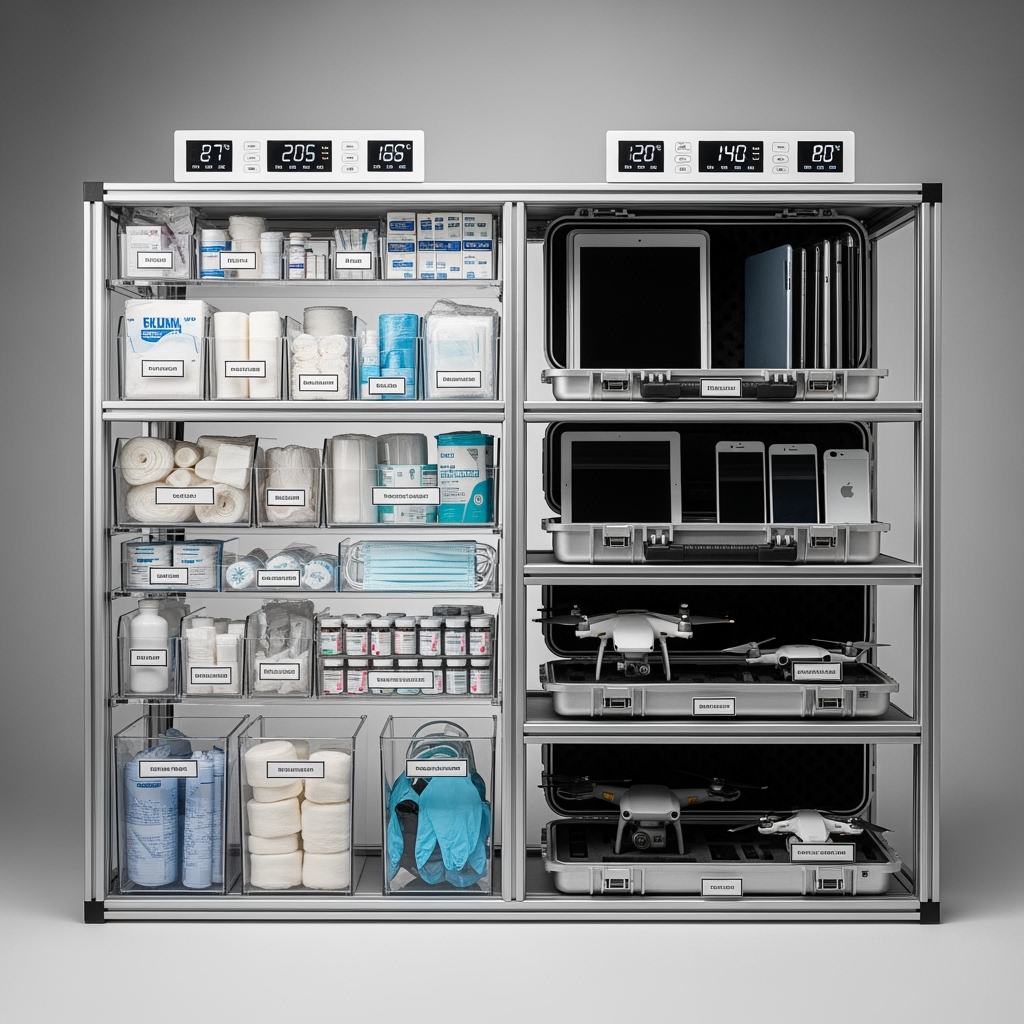
Leave a Reply